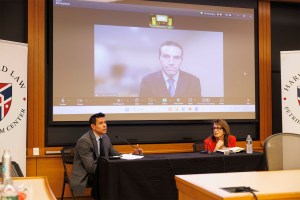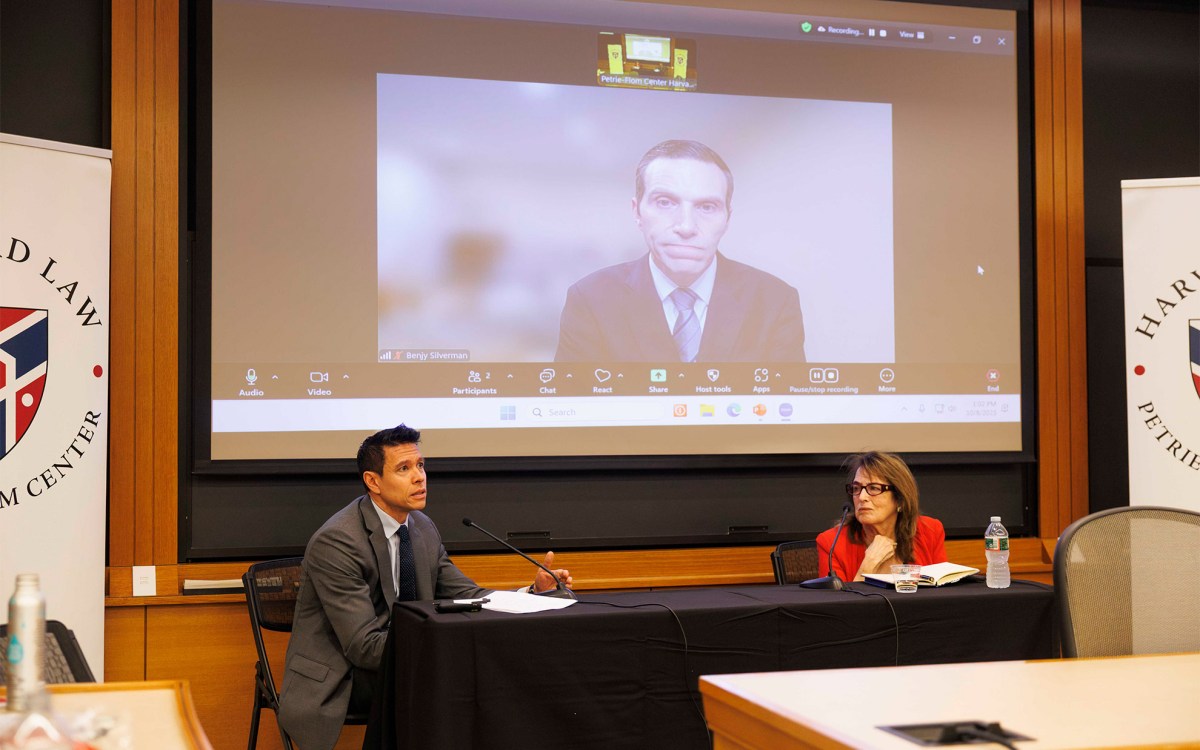Designing Process: Creating long-term replicable community building solutions in Port-au-Prince, Haiti
The earthquake of January 12, 2010 turned the already critical shortage of housing in Haiti into a brutal crisis. A year and a half later, 80% of the rubble has yet to be cleared, and an estimated 680,000 residents still live in tent camps. Because of this precarious situation, political leaders are pushing hard for housing solutions, which has created three potentially drastic situations: first, building houses first without consideration for ecological forces of soil and water systems on a site puts any new community in danger; second, without understanding long-term infrastructural requirements, new communities will find themselves without basic provisions; and third, without building livelihoods, job opportunities, and job training, new communities will foster social unrest.
It is clear that sustainable long-term urbanization of the Port-au-Prince region cannot be created through the construction of houses alone.
In January 2011, a multidisciplinary team of designers and planners led by Christian Werthmann, associate professor of landscape architecture at Harvard Graduate School of Design, and Phil Thompson, professor of urban politics and planning at MIT School of Architecture and Planning, were charged by Deutsche Bank and the Clinton Foundation with the development of a small 125 unit Exemplar community at the outskirts of Port au Prince, in the small suburb of Zoranje. The goal: to create a replicable model and process for resettling earthquake refugees. In the face of 680,000 homes needed for earthquake refugees across the region, the research team substantially increased their scope and scale of study, successfully proposing to their funders that, in order to achieve successful, sustainable, community development, a series of core principles must be enacted before the construction of houses.




